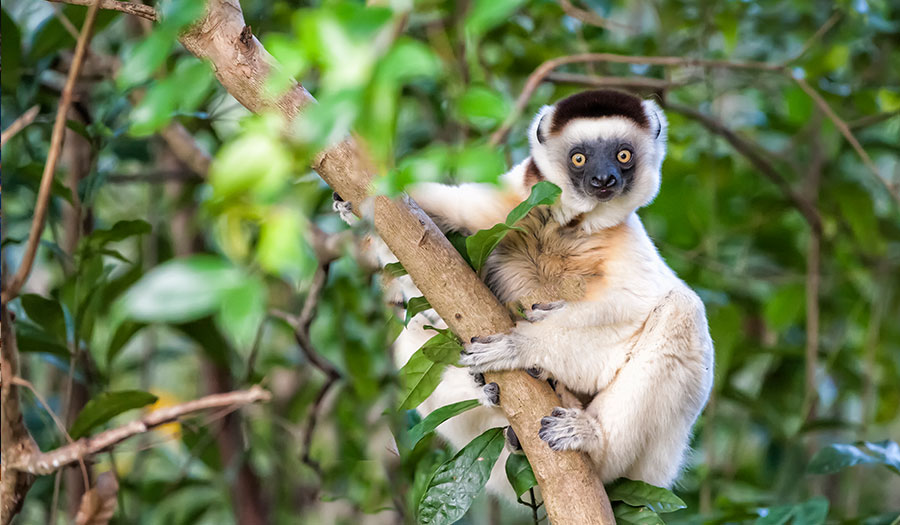 Getty Images
Getty Images
World News Desk
Learn the why behind the headlines.
Subscribe to the Real Truth for FREE news and analysis.
Subscribe NowA new more efficient, systematic and comprehensive approach to assess the extinction risk of animals has shown that approximately 600 species that were assessed as non-threatened on the Red List of Threatened Species might now be considered threatened.
More than a hundred others that could not be assessed before also appear to be threatened. The method, designed by Radboud University ecologist Luca Santini and colleagues, is described in Conservation Biology.
Using their new method, the researchers’ predictions of extinction risks are quite consistent with the current published Red List assessments, and even a bit more optimistic overall. However, they found that 20 percent of 600 species that were impossible to assess before by Red List experts are likely under threat of extinction, such as the brown-banded rail and Williamson’s mouse-deer.
Also, 600 species that were assessed previously as being non-threatened are actually likely to be threatened, such as the red-breasted pygmy parrot and the Ethiopian striped mouse. “This indicates that urgent re-assessment is needed of the current statuses of animal species on the Red List,” Dr. Santini said.
Limited Amount of Data Leads to Misclassification
Once every few years, specialized researchers voluntarily assess the conservation status of animal species in the world, which is then recorded in the International Union for Conservation of Nature (IUCN) Red List of Threatened Species. Species are classified into five extinction risk categories ranging from Least Concern to Critically Endangered, based on data such as species distribution, population size and recent trends.
“While this process is extremely important for conservation, experts often have a limited amount of data to apply the criteria to the more than 90,000 species that are currently covered by the Red List,” Dr. Santini said. “Often these data are of poor quality because they are outdated or inaccurate because certain species that live in very remote areas have not been properly studied. This might lead to species to be misclassified or not assessed at all.”
New Method: Information and Statistics Lead to More Efficiency
It is time for a more efficient, systematic and comprehensive approach, according to Dr. Santini and his colleagues. They designed a new method that provides Red List experts with additional independent information, which should help them to better assess species.
The method uses information from land cover maps that show how the distribution of species in the world has changed over time. The researchers’ method couples this information with statistical models to estimate a number of additional parameters, such as species’ abilities to move through fragmented landscapes, to classify species into a Red List extinction risk category.
More on Related Topics:
- Residents Slog Through Flooded Streets, Clear Debris After Hurricane Milton Tore Through Florida
- A Week After Helene Hit, Thousands Still Without Water Struggle to Find Enough
- Hurricane Helene Kills at Least 90 in U.S., Homes and Memories Washed Away
- Portugal Declares a State of Calamity as Wildfires Rage Out of Control
- During Brazil’s Worst Drought, Wildfires Rage and the Amazon River Falls to a Record Low


